The Differences Between White and Red Stretch Marks?
Scars that occur on the body are known as stretch marks.
They can affect both men and women, though women are more prone to them as a result of dermal ripping during hormonal changes.
This form of scaring is the result of rapid and excessive stretching of the skin, which can be associated with body mass growth due to puberty and exercise, or from weight gain, as seen during pregnancy. Stretch marks are common among teenagers because of these factors.
Did You Know!
Stretch marks impact 70 percent of females and 40 percent of males during their adolescence, according to research.
Human skin has three layers: the epidermis, the dermis, and the subcutis.
Stretch marks develop on the dermis layer. This is the resilient middle layer that helps the skin retain its structure. When the layers of the dermis are torn or lose their elasticity, they can leave discoloured scars or stretch marks.
These marks can appear anywhere on the body, but they are most commonly seen on the abdomen, thighs, buttocks, breasts, and upper arms, where a large amount of fat is typically stored.
Additionally, the glucocorticoid hormone can cause stretch marks by damaging the epidermis and blocking fibroblast cells from producing collagen and elastin fibers, both of which are necessary for the skin’s rapid growth. As the skin is stretched, it loses its ability to support itself, resulting in epidermal ripping.
What Are Red Stretch Marks?
These stretch marks start to show up on the skin when the skin is stressed out, medically known as Striae Rubra. People call them “purple marks” because they can turn a little red or purple. These marks will gradually fade to a light off-white or silvery colour, depending on the person’s skin type and colour.
Stretch marks that show as red or purple are typically less than a year old. In this case, the client would need to wait until the marks are more than 12 months old to get them camouflaged at Belle Ame Ink. For more information on hiding scars and stretch marks, visit our Camouflage page.
Red stretch marks are often raised like strips that are wrinkly and crinkly. Some of the red marks turn brown or purple over time before finally fading away and becoming white stripes.

What Are White Stretch Marks?

Stretch marks that are hypo- or lack pigmentation appear white or silver in colour. Some people refer to these scars as “matured stretch marks”. These are called Striae Distensae Alba in medical terminology.
The blood vessels eventually shrink, revealing only the fat beneath the skin, causing the red scars to fade to white. At this point, the collagen bundles and the elastin fibers that are too thin are mixing together, but they can’t completely realign because there isn’t enough elastin production.
The difference between red and white stretch marks and how to treat them
The main distinction between red and white stretch marks is that red stretch marks are “young” or “immature”, whereas white stretch marks are “old” or “mature”.

Stretch marks don’t have to stay on your skin for the rest of your life!

Red stretch marks should be left alone until they’re completely healed, at about a year old. Once the stretch marks are of age and have turned white, they can be treated with stretch mark camouflage.
Brazilian stretch mark camouflage is a permanent solution to stretch marks. By creating micro trauma and depositing a specific scar serum straight into the dermis of the stretch marks. You can use this method to make your skin more toned and textured by increasing the production of collagen and elastin and helping the regrowth of skin.
At Belle Ame Ink, you can disguise your stretch marks. Allowing stretchmarks to limit your ability to live the life you deserve is a mistake. Skin should not be hidden. A long-term remedy that restores your sense of beauty is what you deserve!
Take advantage of our inkless Brazilian Camouflage,
Schedule a free phone consultation today!




